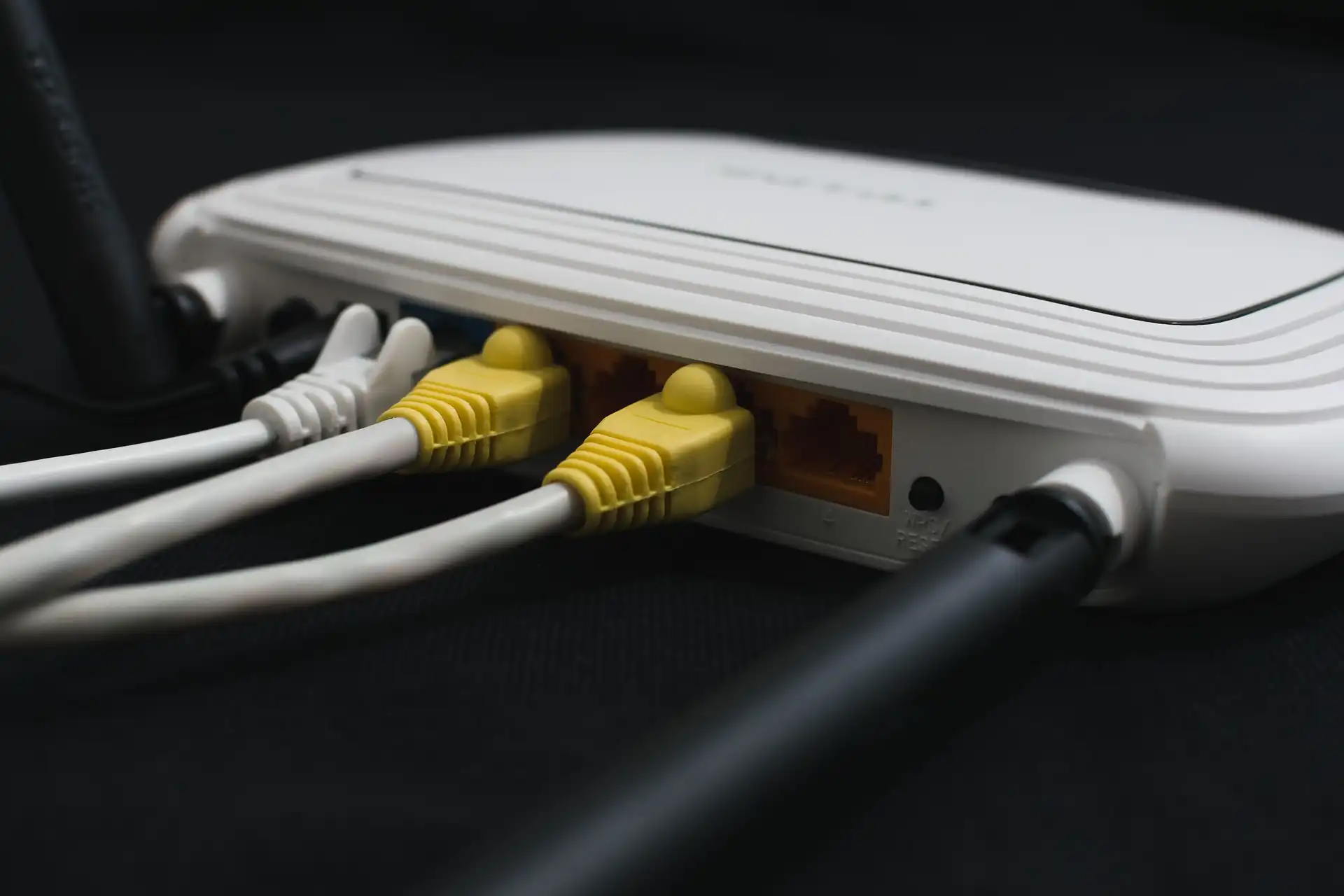My Home Network and Wi-Fi Setup

In this article, I will share how I have set up my home network and Wi-Fi. While many people use the router provided by their ISP, I have found that this is not always the best option, especially if you want a more advanced setup. I will go over what I use and how I have it set up.
The Router
I currently use the R86S box, which I bought directly from GOWIN. Specifically, I use the GW-R86S-T2 model. It has enough memory for everything, although I also got a 1TB supplemental SSD for additional storage.
I am using Proxmox as the host operating system, as it allows me to use the same machine for more than just routing. I went with OpenWRT running as a guest, but I installed it directly on internal MMC storage and used PCI passthrough for the first two ports. This should allow me to boot to OpenWRT even if Proxmox is corrupted.
The first port is connected to my ISP's GPON ONT, and the second one is connected to a cheap unmanaged TP-Link switch, which is connected to my home network. There is also a virtual Ethernet link provided by Proxmox to provide network to other Proxmox guests. The virtual port and second physical port are bridged in OpenWRT, so I can use the same network for both.
OpenWRT is also responsible for managing the Wireguard mesh network, which I will write about in the future.
The WI-FI
After experiencing poor wireless network stability and performance with my previous consumer router, I decided to switch to the Ubiquiti Unifi AP U6-Lite. This access point is connected to my network switch and powered by a PoE injector (although I would prefer a PoE switch). To manage the access point, I use the Unifi Controller hosted on Proxmox as a container. With just a single access point, I am able to provide reliable coverage for my entire apartment.
The DNS
I am dedicating a separate section to DNS because it is an important aspect of my home network setup. I use Pi-Hole, which runs in a container, as my DNS server. Pi-Hole provides ad-blocking and allows me to create private DNS entries for my private services. To ensure that all devices on my network use Pi-Hole as their DNS server, I have set my router's DHCP to provide Pi-Hole as the default DNS server. I also use conditional forwarding to allow Pi-Hole to resolve local hostnames. Additionally, I have manually configured my Wireguard clients to use Pi-Hole as their DNS server, so I can enjoy its benefits even when I am not at home.
The Proxmox
Proxmox is my host operating system, which enables me to run multiple virtual machines and containers on the same machine. I have set up several containers for different purposes, including one for Unifi Controller, one for Pi-Hole, one for Home Assistant, and one for OpenWRT. Additionally, I have a virtual machine dedicated to my development needs.
Conclusion
Setting up a home network and Wi-Fi can be a daunting task, but with the right equipment and setup, it can be a breeze. By using a more advanced router and access points, you can have better control over your network and Wi-Fi, and ensure that your devices are always connected and running smoothly.
I hope this article has been helpful in showing you how I have set up my home network and Wi-Fi.